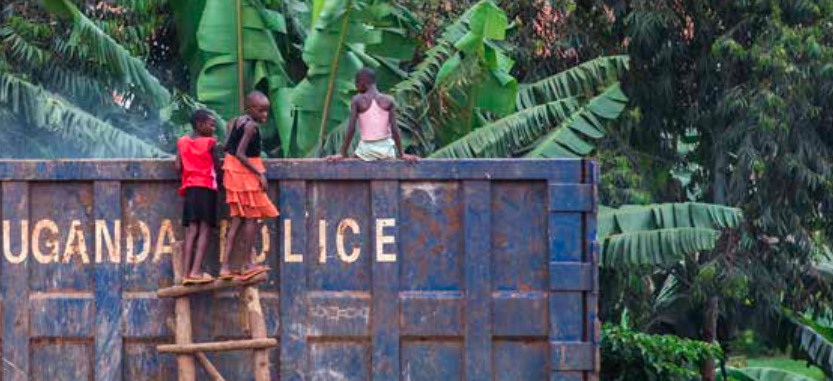
During the war, we had to vacate our two pieces of land. After the war, we went back and found someone had encroached one of the plots. The other piece of land had a title, so there were no problems with that. We tried to negotiate with the other party, but they refused to acknowledge our right to the land. Then we went to the land committee in the village, who was able to help us. – John
In 2019, HiiL met over 6000 persons like John, who recounted to us their journeys to justice. Trained enumerators went house to house in all four regions of the country, and documented the run-ins of ordinary people with justice problems. The result is a nation-wide assessment of the justice needs of people in Uganda. You can find the detailed report here.
The new Uganda 2019 page on the Justice Dashboard brings this data to life with reader-friendly and interactive charts. It is a repository rich with actionable insights on how to resolve justice problems of people and deliver results that people desire.
Compare and contrast across time periods
A similar assessment of people’s justice needs conducted by HiiL in 2015 is also displayed on the Justice Dashboard. These two datasets make it possible for readers to compare the status of people’s justice problems between 2015 and 2019, and track trends as well as upturns and downturns.
For instance, in both 2015 and 2019, Ugandans ranked disputes related to land, crime, domestic violence and family as their most serious justice problems. There was a 4% decline in the percentage of Ugandans who encountered a legal problem from 88% (2015) to 84% (2019), which is a small but promising signal of people’s well-being. Likewise, the percentage of unresolved, ongoing problems have fallen from 29% in 2015 to 21% in 2019.
It is apparent from the data and Ugandans rely primarily on friends, family members and neighbours when dealing with a justice problem. Next, they sought help from formal justice mechanisms that seem more accessible such as the police, Local Council Courts and local authorities, as opposed to formal courts. All of which together indicates that, there is a clear movement towards people-centred justice, away from formal institutions.
We invite you to play with the data, formulate your questions, and seek answers.
SDG 16 “…provide access to justice for all and build effective, accountable and inclusive institutions at all levels’’
As we inch closer to the 2030 agenda set out by the Sustainable Development Goals, it becomes important for national governments to implement evidence-based programmes and interventions to bridge the justice gap. On November 5, HiiL in partnership with the Justice, Law and Order Sector (JLOS) organised a virtual event to reflect on past, current, and future opportunities and challenges for strengthening people-centred justice in Uganda. In the event, JLOS integrated this data with their own version of a Dashboard along with data on performance of formal courts and the core justice problems voiced by people on social media.
The importance of data is acknowledged by civil society organisations and innovators alike. “I believe that an important aspect of people-centred justice is access to timely information’’, said Elizabeth Kemigisha, Advocacy Officer at The Uganda Association of Women Lawyers (FIDA) as we discussed strategies to materialise people-centred justice in Uganda on November 5.
A deeper focus on some of the most pressing justice problems (i.e. land, family, and crime) of Ugandans is coming soon on the Justice Dashboard. Keep watching this space for more.

